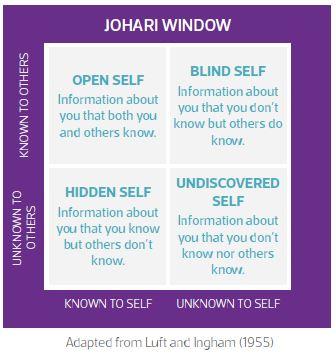What is Personality?
Getting to Know You
It is simple and very powerful.
- Was this an unusual or fairly commonplace event for you?
- If there were other people involved, what do you think that they were thinking and feeling?
- Was there something you wanted out of the situation? If yes, what and why?
- If you think you could have handled the situation better, what could you have done instead?
- If you think you handled the situation well, what did you do to make it successful?
- How did your actions during this incident reflect your values? (Record which values.)
- How familiar are you with the emotions and feelings you felt during this incident?
- What do your actions, thoughts, feelings and emotions during this incident tell you about yourself?
- What interests you most about the whole incident?
The more honestly and objectively you can answer these questions, the better you will get to know yourself.
Step 3: Look back at past incidences you have recorded in this way. Can you see a pattern emerging? If so, what is it?
Step 4: Look at what you’ve written at Steps 2 and 3. What does this tell you about yourself, about your personality? What appear to be your strengths, and what are your weaknesses. What are the implications? Are there any behaviours you would like to change or modify in similar situations in the future? Record this also.
Step 5: If possible discuss what you have written with a friend, mentor or coach, and see if they can add to your reflections, even if they did not see the incident.
Repeat Steps 1-5 as often as possible. Many people are surprised at what they uncover about themselves.
Johari Window
Devised by American psychologists Joseph Luft and Harry Ingham in 1955, the Johari Window is a simple and effective tool for illustrating self-awareness and an individual’s personality and relationships with others in a group or team.
The Johari window arranges information about a person into four quadrants on two axes, i.e. what is known or unknown to others about the person, and what the person knows or doesn’t know about themselves.
‘Information’ in this context refers to the person’s attitudes and beliefs, experience, skills and personality.
The Window can be used, for example, to improve communication and relationships by expanding the ‘Open Self’ quadrant (or ‘pane’) horizontally into the ‘Blind Self’ quadrant through constructive feedback so that the person can learn more about themselves.

References
Ferrucci, P. (2009) What We May Be. Jeremy P. Tarcher.
Goleman, D. et al. (2017) Emotional Self-Awareness – A Primer. More Than Sound.
Honey, P. (1997) Improve Your People Skills. 2nd ed. IPD.
Luft, J. and Ingham, H. (1955) ‘The Johari window, a graphic model of interpersonal awareness’. Proceedings of the western training laboratory in group development. Los Angeles: UCLA.
Pink, D. (2011) Drive. Cannon Gate.
Seligman, M. (2011) Flourish. Nicholas Brealey.
Stewart, I. and Joines, V. (2012) TA Today: A New Introduction to Transactional Analysis. 2nd ed. Vann Joines.
Want to know more about Self Awareness?
Have you met the standard?
Further Resources


